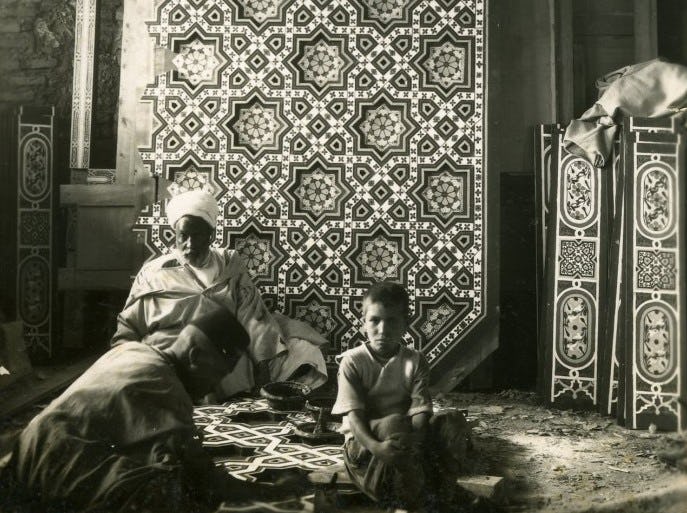Turquoise Blown-Glass Bottle (Ashkdan) with Molded Decoration
Date18th - 19th century
PeriodQajar
MediumGlass
DimensionsOverall: 15 3/8 x 5 in. (39.1 x 12.7cm)
ClassificationsGlass
Credit LineCourtesy of the Doris Duke Foundation for Islamic Art
Object number47.8
DescriptionThis elegant, swan-necked bottle is part of a corpus of glasswares that has been produced in Iran (notably Shiraz and Isfahan) since the Safavid period. Poetically known as “tear containers” (ashkdan), ostensibly to hold the teardrops of bereft women whose husbands were away at war, the vessels were almost certainly put to more prosaic use. Contemporary paintings illustrate their use as containers for wine and sherbet, as well as sprinklers for scented liquids such as rosewater or perfume. The fine walls and delicate ribbing of this bottle were achieved by first blowing the molten glass into a mold, and then - after removing it - inflating it further to create the globular base, which has lost much of the molded definition visible on the upper part of the object, as a telling trace of this glass blowing technique. The rich teal color was achieved by adding powdered copper compound to the mix of ingredients, known as “glass melt”. The origin of this distinct and graceful shape is unknown, but may have originated in Venetian glass production of the 15th-16th centuries. This Qajar example points to the continued appreciation of the form and function of these vessels, centuries after they were first introduced to Iran.On View
On viewCollections
18th - 19th century
7th - 8th century
19th century
19th century
19th century
16th - 17th century
Dated 1227 AH / 1812 CE
Dated 1227 AH (1812 CE)
1520














